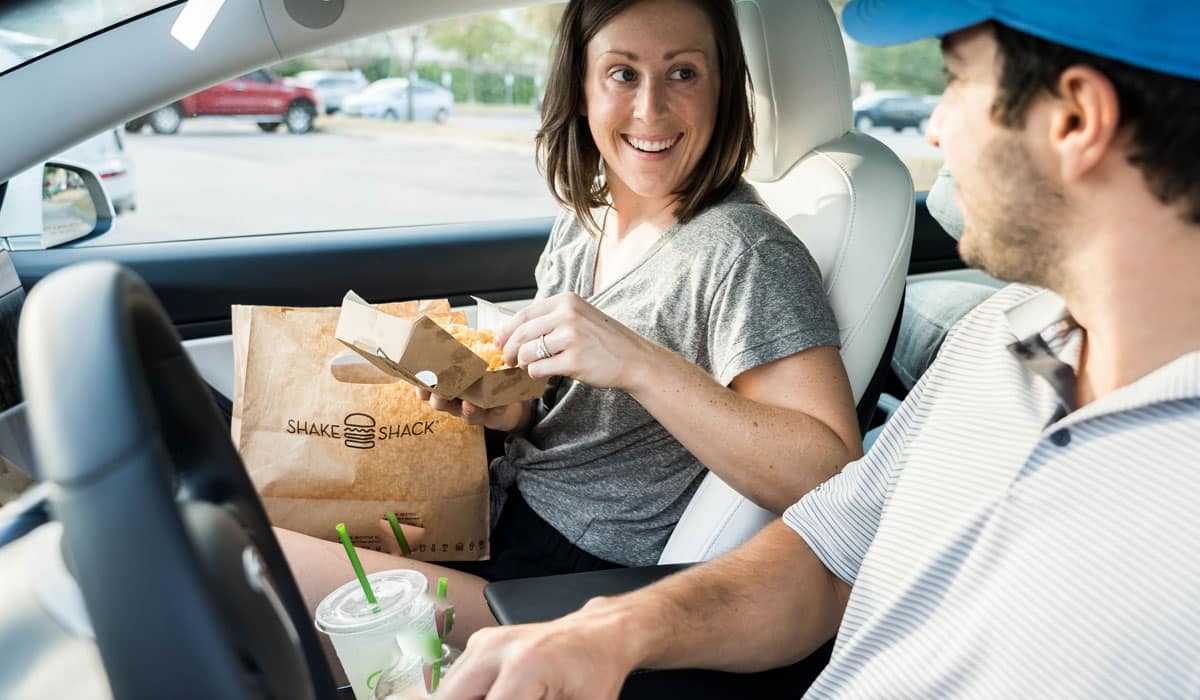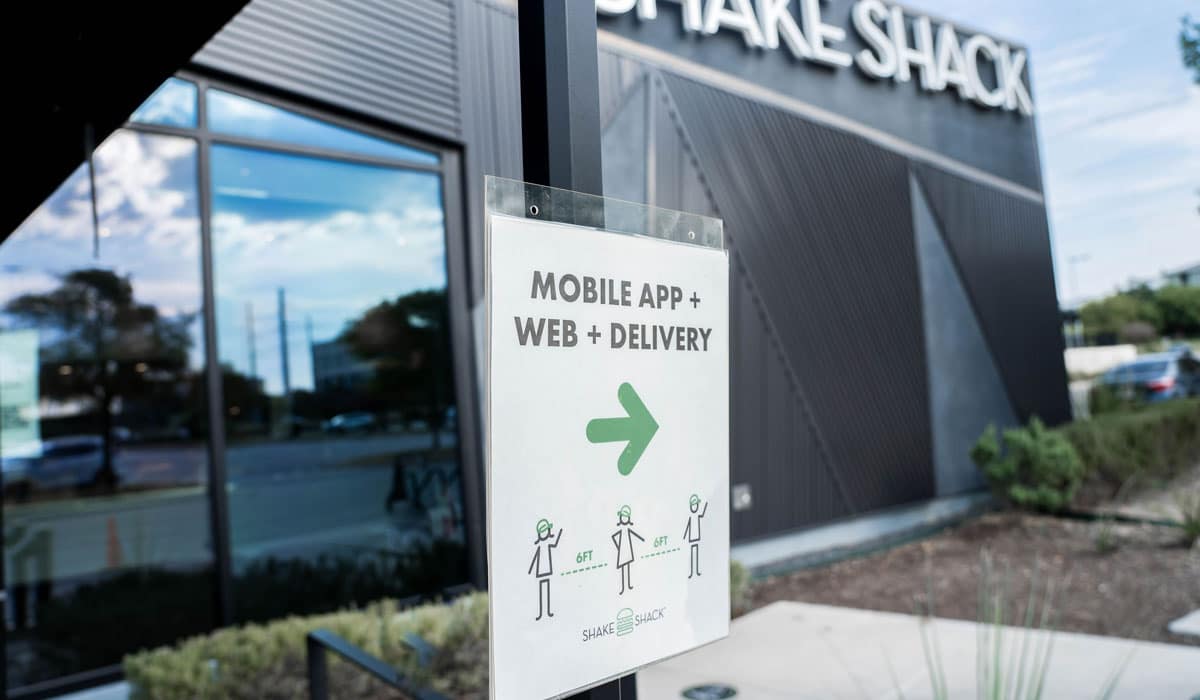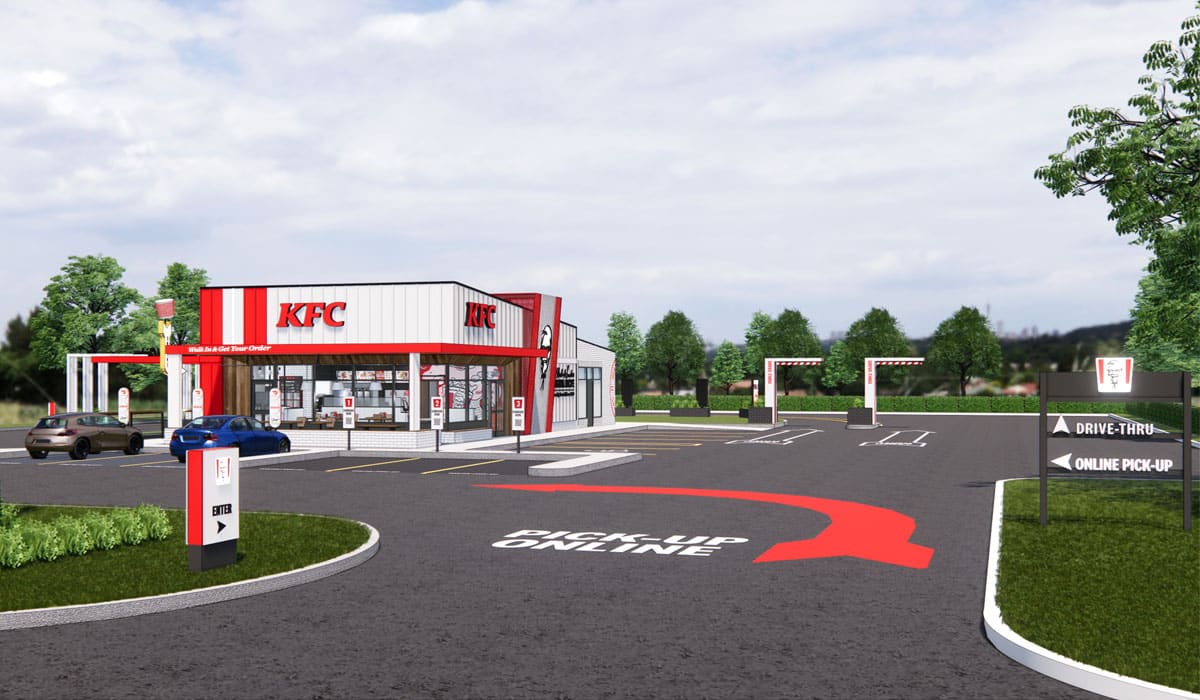While fast-food chains today don’t need to make a case for reimagining restaurants, KFC presents a compelling one. Its U.S. drive-thru sales skyrocketed 60 percent in Q3 compared to a year ago. And it recently crossed a delivery milestone, with 80 percent of its 3,995 domestic locations live through multiple partners.
Back in 2016, Yum! Brands’ global chicken chain began what it called a “Re-Colonelization” plan intended to recapture its quality-driven roots and reverse a downward stretch from 2011–2017 that saw more than 1,000 U.S. restaurants close. A decade before, KFC was the seventh-biggest quick-service brand in America in terms of systemwide sales, topping chains like Chick-fil-A and Pizza Hut with figures of $5.3 billion. At the end of 2017, KFC was 13th. (Here’s where it stands today).
Part of the Re-Colonelization strategy was to introduce Colonel impersonators in ads—a move that surged awareness. KFC ran tests a couple of years ago that suggested only 43 percent of fast-food ads were correctly linked to the corresponding brand. With its Colonel spots, KFC’s numbers nearly doubled at 74 percent. It invested 100,000 training hours to improve standards and retrain cooks, implementing a “chicken mastery certified” program alongside an extensive equipment update in the back of the house. The latter is responsible for product innovation of late, like Nashville Hot Chicken & Waffles and Mac & Cheese Bowls.
And it all came together in a “American Showman” redesign that spread to more than 40 percent of the domestic system by August 2019. Currently, it’s north of 60 percent. Created in tandem with NELSON Worldwide, the store is recognized for red and white striping on the exterior—a bold amplification rather than the muted direction a lot of chains turned to. It also features chalkboards at the counter to tell consumers who’s cooking.
READ MORE: Is the restaurant of the future already here?
But even before COVID-19, consumer preferences were barreling toward digital occasions. Naturally, it’s only accelerated since March. So KFC recognized the need for a modernized design to gradually take over for the American Showman.
On Wednesday, the chain unveiled its new “Next Generation Prototype” concept that prioritizes a digital-forward experience.
Here are some highlights:
Modern visuals that reflect KFC’s identity
The exterior of the new model offers a modern take on the KFC signature red and white stripes (center to the Showman model). It also features a brightly lit red bucket that directs customers to the new digital cubby system for online and pickup orders.
Digital single-entry-point cubby system for mobile and delivery orders
KFC said these will create less contact between employees and customers as the order is delivered directly from the kitchen to the cubbies for ease of operation. It’s akin to pickup shelves, in terms of how it erases the handoff process. Delivery drivers as well as guests will access the feature.
Curbside delivery with dedicated parking spots for customers
Guests who order in advance on KFC’s site or through a delivery partner can show up and wait outside.
Defined parking and signage for delivery drivers to swiftly collect online orders
KFC recently expanded delivery partnerships with DoorDash, Uber Eats, and Postmates. So clearly, it doesn’t expect third-party delivery to fizzle out anytime soon. And streamlining the process for drivers will improve speed of service, limit contact, and prevent bottlenecks in the lobby as aggregators wait for orders to come out.
Self-service kiosks available in-restaurant for quicker service
This will also help customer personalization at the order point and drive higher check. Last year, only two units boasted self-service kiosks in-store.

 [image source_ID=”128599″]
[image source_ID=”128599″]
One of the locations, or an “express store” doesn’t feature a dining room and is roughly 1,800 square feet. Generally, though, KFC is looking at 1,800 or so square-feet locations with outdoor seating and smaller dining rooms, with added options for off-premises business.
The company plans to debut the next-generation restaurant next year.
This past quarter, KFC reported a 4 percent slide in global comps, largely due to pressures surrounding international locations. U.S. same-store sales increased 9 percent in Q3, and 5 percent year-to-date, compared to a 7 percent decrease for international stores in the quarter, and 14 percent decline year-to-date.
As a whole, Yum!’s digital sales reached a single-quarter record of $4 billion in Q3, or a $1 billion increase year-over-year. More than 35,000 restaurants globally now offer delivery, which is an 11 percent rise from 2019.
KFC joins sister concept Taco Bell among the many chains of late to flash fresh COVID era-inspired prototypes. Taco Bell’s “Go Mobile” restaurant is specifically designed for customers ordering ahead through Taco Bell’s mobile app. It’s 1,325 square feet compared to the 2,500 square feet typical Taco Bell boxes average and includes features like a synchronized digital experience and bellhops to take orders outside.
McDonald’s, Taco Bell, Shake Shack, Wendy’s, Burger King, Chipotle, and Qdoba are among the other chains to drop digital-focused stores. Chipotle’s digital-only location opened this past weekend. It does not does not include a dining room or front service line.








